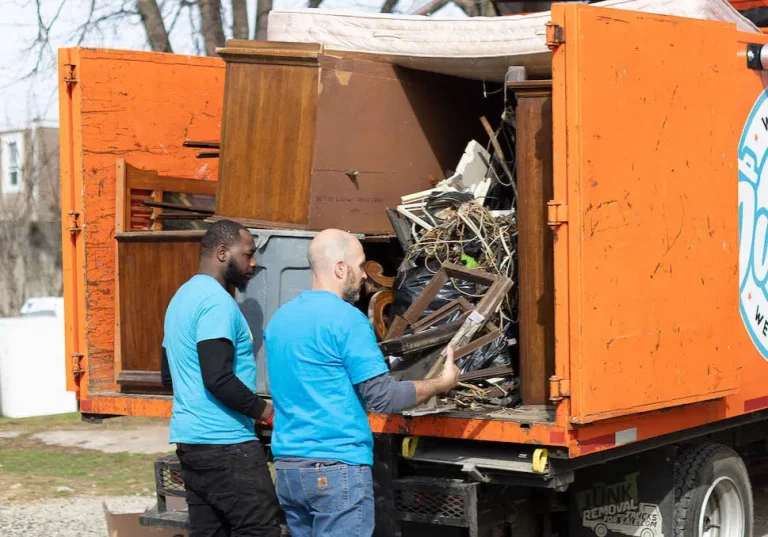In communities across the nation, concerns about teen driver safety persist as young motorists face the challenges of navigating the roads. Recognizing the importance of proactive measures, our community embarked on a journey to improve teen driver education through innovative programs. This case study explores our community’s experience in implementing simulated driving scenarios and hazard perception training to enhance teen driver safety. Click here https://myfirstdrive.net/road-test-rosenburg.
Implementation:
Building on existing driver education programs, our community introduced simulated driving scenarios and hazard perception training as integral components of teen driver education. Partnering with technology providers, we integrated state-of-the-art driving simulators and interactive software into the curriculum, offering students a hands-on approach to learning.
Simulated Driving Scenarios:
Through simulated driving scenarios, teens experienced a wide range of driving situations, including city streets, highways, and adverse weather conditions. These simulations provided a safe and controlled environment for teens to practice critical driving skills such as lane changing, merging, and responding to traffic signals. Realistic scenarios, tailored to local road conditions, allowed teens to develop confidence and decision-making abilities essential for safe driving.
Hazard Perception Training:
Hazard perception training became a cornerstone of our teen driver education program, focusing on developing students’ ability to identify and respond to potential hazards on the road. Interactive exercises and video simulations challenged teens to recognize hazards such as pedestrians, cyclists, and other vehicles. Through repeated practice and feedback, teens honed their hazard perception skills, learning to anticipate and avoid dangerous situations.
Evaluation and Impact:
Continuous evaluation of our teen driver education program revealed promising results. Surveys conducted with participating teens indicated increased confidence and awareness behind the wheel, with many reporting a greater understanding of driving risks and strategies for mitigating them. Additionally, a decline in teen driver accidents was observed, underscoring the positive impact of simulated driving scenarios and hazard perception training on overall road safety.
Conclusion:
Our community’s experience demonstrates the effectiveness of integrating simulated driving scenarios and hazard perception training into teen driver education. By providing practical, hands-on learning experiences, we empower young motorists with the skills and knowledge needed to navigate the roads safely. As other communities consider strategies to address teen driver safety, our case study serves as a testament to the transformative potential of innovative programs in shaping the future of road travel for generations to come. Find more info here https://myfirstdrive.net/road-test-rosenburg.










